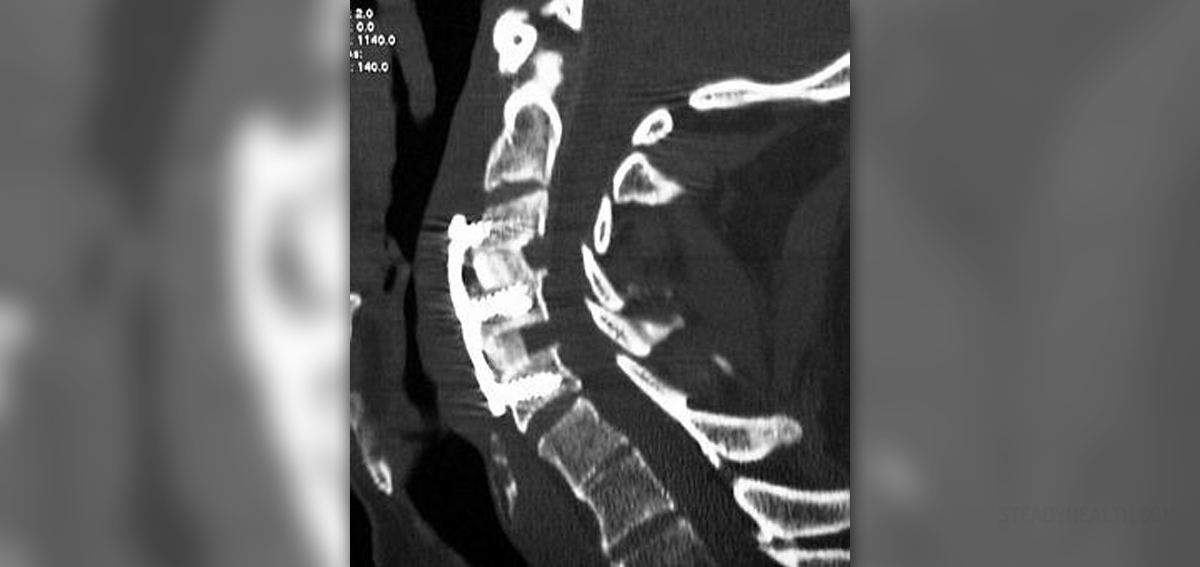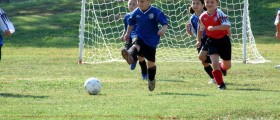
A spinal cord injury or SCI is an injury to the spinal cord which occurred due to a trauma and not due to some disease. There are lots of possible symptoms which may be experienced and they all depend on the location of the injury and which nerve roots were damaged. The experts have classified spinal cord injuries into two classes and they are incomplete and complete. There is more than one level of incomplete injuries and in case of complete injury the patient loses all of his or her motor functions. Treatment options for spinal cord injuries vary and depend on the severity of the injury and the exact location. In a majority of cases there is need for a lot of physical therapy and rehabilitation. This is most important in situations when the injury disrupts the patient’s life and daily activities.
Classification of spinal cord injuries
The first ever published classification of spinal cord injuries was in 1982 and it was the American Spinal Injury Association that published it. This classification was based upon neurological responses, touch and pinprick sensations tested in each dermatome and strength of ten key muscles on both sides of the body. Some of these muscles which are tested include hip flexion, shoulder shrug, elbow flexion and wrist extension. This classification has classified traumatic spinal cord injury into five categories. A is a complete spinal injury. With this injury no motor or sensory function is preserved below the site of injury.B, C and D are all incomplete spinal cord injuries. However, in case of B incomplete spinal injury sensory movement is preserved below the neurological level. In most cases a patient suffering from this type of injury will become a motor incomplete if he or she recover any motor functions below the neurological level. In case of C level injuries, the patient preserved the motor functions below the neurological level. In addition to this, the patient also preserved more than five of key muscles below the neurological level. However, the muscle grade is less than 3. It is pretty much the same situation with level D but the muscle grade of key muscles is of grade 3 or more. The final category is E and it is considered as normal. Both motor and sensory functions are normal in this situation. Apart from this, a certain scientist proposed another class and named it the so-called discomplete lesion. This lesion is clinically complete but neurophysiologic proof of residual brain influence on spinal cord function below the lesion is present.
Signs and symptoms
The signs and symptoms of spinal cord injury are not the same in all people and they depend on the exact location of the injury, among other factors. The severity of the injury is an important factor as well. The most commonly seen signs of spinal cord injury include pain, numbness and loss of sensation is certain areas of the body. Voluntary motor control is affected as well and due to that fact muscles may become weak, contract uncontrollably and even become completely unresponsive. Certain other problems may occur, such as muscle atrophy and bone degeneration because the muscle is not used. If the injury is a severe one, various problems of the spine below the injured place usually occur. If the injury is complete, a person will lose all functions below the injured area. If the injury is incomplete, the motor and sensory functions below the injured are may experience no effects at all. It is also important to know that if the injury is diagnosed as complete there is almost no hope of recovery of the motor and sensory functions. On the other hand, in case of incomplete injuries the situation has improved drastically in the last 50 years because of the better initial care and stabilization. Those who suffer from an incomplete spinal cord injury recover at least some functions.
Rehabilitation
Once a person is diagnosed with spinal cord injury, the acute care setting begins. A lot of specialists make a team and decide the best possible plan of recovery according to the condition of the patient. Apart from physical therapist, occupational therapist, social workers and psychologists there are other health care professionals who are included in the process. At the beginning, the respiratory status of the patient, prevention of certain complications, maintaining range of motion and making sure that the available musculature remains active are attended to. The locomotor function needs to improve and that is the first goal for most of people suffering from spinal cord injury. Occupational therapy is very important in the process of recovery as well. This type of therapy needs to start as soon as the patient is stable. It is important that the patient becomes more independent as the rehabilitation progresses. Support and prevention are important at the beginning but as the patient becomes more independent, reasonable functional goals are developed.








_f_280x120.jpg)


_f_280x120.jpg)



_f_280x120.jpg)
Your thoughts on this
Loading...